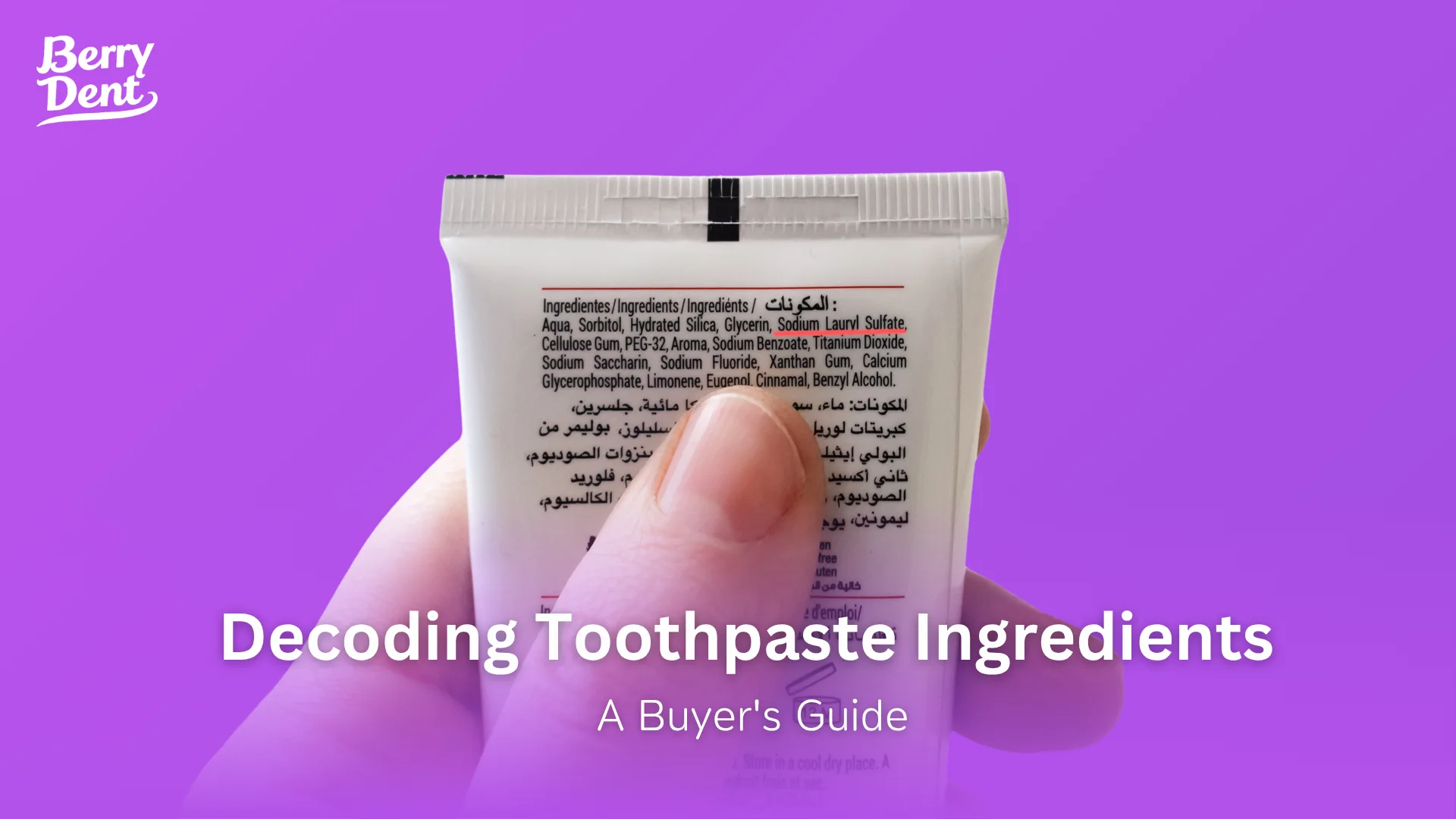Have you ever wondered what the long list of ingredients on your toothpaste box actually tells you? Choosing a tube of toothpaste might seem simple, but understanding the various substances on the label is the key to truly caring for your oral health. Berry Dent is here to help you decode the important substances in toothpaste, such as fluoride, SLS, and ingredients to avoid, so you can choose a toothpaste that is right and safe for your oral health.
Main Ingredients Most Toothpastes Should Have
Want to know what the main ingredients in toothpaste are? Generally, a good toothpaste will have key components that work together to clean and protect our teeth, as follows:
- Fluoride – The Cavity-Fighting Hero
This is the most important ingredient for preventing cavities. Fluoride helps strengthen tooth enamel, making it more resistant to the acids produced by oral bacteria, which are the main cause of tooth decay. Most dentists recommend using a toothpaste with a fluoride concentration of about 1000 – 1500 ppm for maximum effectiveness.
- Abrasives – The Plaque-Removing Assistant
Gentle abrasives, such as silica or calcium carbonate, act like a scrub to help remove plaque, food debris, and various stains from the tooth surface without damaging the enamel. This is the ingredient that makes our teeth feel clean and smooth after brushing.
- Humectants – Preventing the Toothpaste from Drying Out
Ever wondered why the toothpaste in the tube doesn’t dry out and harden? That’s because of humectants like glycerol or sorbitol, which help retain water in the toothpaste, keeping its texture consistent and easy to squeeze throughout its lifespan.
Ingredients to Pay Special Attention to or Avoid
Besides the beneficial ingredients, there are some that you should be aware of and may want to consider avoiding, especially if you have sensitivities.
- SLS (Sodium Lauryl Sulfate) – The Foaming Agent That May Cause Irritation
SLS is the substance that creates the rich foam when we brush, which gives a feeling of cleanliness. However, for some people, this substance can cause oral irritation, dry mouth, or trigger canker sores more easily. If you have these problems, choosing an SLS-Free toothpaste might help improve your symptoms.
- Triclosan – The Questioned Antibacterial Agent
In the past, triclosan was used as an antibacterial agent in toothpaste to help reduce gingivitis. However, many countries have now restricted its use due to concerns about its effects on hormones and the risk of creating antibiotic-resistant bacteria.
How to Choose Toothpaste for Your Specific Oral Problems
The best way to choose a toothpaste is to select one that addresses your specific oral health issues.
- For Sensitive Teeth:
If you experience sensitivity when consuming hot or cold items, look for toothpaste ingredients like Potassium Nitrate or Strontium Chloride, which help block the transmission of sensations from the tooth surface to the nerve.
- For Gingivitis:
Look for a toothpaste with ingredients that effectively control plaque or contain natural ingredients that soothe and reduce gum inflammation, such as various herbal extracts.
Choosing a toothpaste that meets your oral health needs is not just about looking at the claims on the front of the box, but about understanding the ingredients behind them. If you are someone who is looking for comprehensive care that combines the power of nature and scientific innovation, we recommend Berry Dent hybrid herbal toothpaste. Developed through over 10 years of research, it features a perfect formula of natural herbal extracts, 5 types of berries, and 1500 ppm fluoride—the amount recommended by dentists for maximum cavity prevention. Berry Dent is the answer for those who want the value of nature and innovation that helps care for oral and dental health comprehensively in a single tube.


